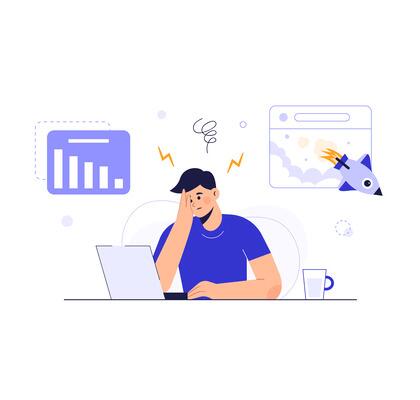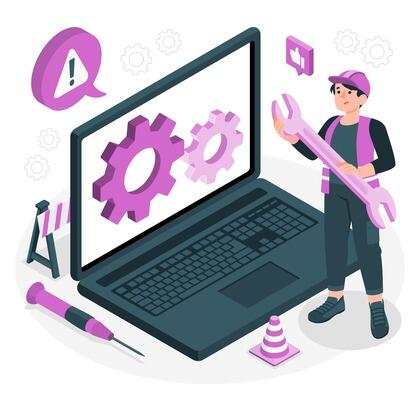Embracing Ethical Fashion: A Comprehensive Guide to a More Sustainable and Responsible Wardrobe
Embracing Ethical Fashion: A Comprehensive Guide to a More Sustainable and Responsible Wardrobe
As the fashion industry faces increasing scrutiny for its environmental and social impacts, ethical fashion is emerging as a key solution. This transformative movement seeks to address the industry’s problems by emphasizing sustainability, fair labor practices, and animal welfare. If you’re considering a shift toward more ethical fashion choices, this guide will provide you with a deeper understanding and actionable tips.
Understanding Ethical Fashion
Ethical fashion goes beyond mere aesthetics. It integrates principles of sustainability, social justice, and animal rights into every aspect of fashion production and consumption. Here’s what you need to know:
1. Environmental Sustainability
- Material Choices: Ethical fashion brands prioritize materials that are less harmful to the environment. This includes organic cotton (which avoids synthetic pesticides and fertilizers), recycled fabrics (which reduce waste), and innovative materials like Tencel or hemp.
- Production Processes: Sustainable fashion brands often use low-impact dyeing methods, reduce water usage, and employ energy-efficient production techniques. Some even implement zero-waste designs to minimize textile waste.
- Circular Fashion: This concept involves designing clothes with their entire lifecycle in mind. Brands might offer repair services, use recyclable packaging, or design garments to be easily disassembled for recycling.
2. Fair Labor Practices
- Worker Rights: Ethical fashion brands ensure fair wages, safe working conditions, and reasonable working hours. They often obtain certifications from organizations like Fair Trade or Ethical Trading Initiative.
- Transparency: Many ethical brands provide information about their supply chains and labor practices, enabling consumers to make informed choices. This transparency fosters trust and accountability.
- Empowerment: Some brands work directly with artisans and communities, empowering them through fair trade practices and providing opportunities for skill development and financial stability.
3. Animal Welfare
- Cruelty-Free Alternatives: Ethical fashion often avoids animal-derived materials such as leather, wool, and silk. Instead, it uses cruelty-free alternatives like faux leather, vegan wool, and synthetic silk.
- Sustainable Sourcing: For brands that do use animal products, ethical practices include sourcing from farms with high welfare standards and ensuring humane treatment of animals throughout their lives.
How to Build an Ethical Wardrobe
1. Research and Choose Wisely
- Certification Labels: Look for certifications such as GOTS (Global Organic Textile Standard), Fair Trade, and B Corp, which indicate a commitment to ethical and sustainable practices.
- Brand Research: Use resources like Good On You and Ethical Consumer to research brands and their practices. These platforms provide insights into how brands score on environmental and social criteria.
2. Shop with Purpose
- Quality over Quantity: Invest in high-quality, timeless pieces that will last longer and reduce the need for frequent replacements. This approach not only saves money but also contributes to a more sustainable wardrobe.
- Second-hand Shopping: Embrace thrift stores, vintage shops, and online resale platforms. Buying second-hand reduces waste and gives pre-loved items a new lease on life.
3. Support Local and Ethical Brands
- Local Designers: Supporting local fashion designers and artisans can reduce the carbon footprint associated with shipping and promotes local economies. Look for local boutiques or online platforms showcasing ethical fashion.
- Ethical Collections: Many established brands now offer ethical collections. These lines often incorporate sustainable materials and ethical practices, providing a more accessible option for consumers.
4. Advocate and Educate
- Spread Awareness: Share information about ethical fashion with friends and family. The more people understand the impact of their fashion choices, the more widespread the movement can become.
- Engage with Brands: Don’t hesitate to ask brands about their ethical practices and supply chains. Your inquiries can encourage brands to be more transparent and adopt better practices.
Challenges and Future Prospects
While ethical fashion is making strides, it faces challenges such as higher production costs and limited availability. However, the growing demand for sustainable and ethical products is driving innovation and change within the industry.
As technology advances and consumer awareness increases, ethical fashion is expected to become more mainstream. New innovations, such as biodegradable fabrics and improved recycling technologies, promise to further enhance the sustainability of the fashion industry.
Conclusion
Embracing ethical fashion is more than a personal choice—it’s a step toward a more sustainable, fair, and compassionate world. By making informed decisions and supporting brands that align with your values, you contribute to positive change in the fashion industry. As consumers, we hold the power to influence and drive the demand for better practices, creating a ripple effect that extends far beyond our wardrobes.
Internal Links for uptoskills.com
- Sustainable Fashion Courses
- How to Start a Fashion Brand
- Understanding Fair Trade Practices
- Guide to Vegan and Cruelty-Free Fashion
- The Role of Technology in Fashion




























